It is fantastic to be back in New Zealand for the summer and look at the blue skies during the day and some spectacular skies at night; there is also another kind of blue that is colouring the landscape here and it is exciting to welcome some pertinent changes coming up in the educational journeys. We as an educational consultancy at Marge’ah, of course, have seen India gearing up to implement the New Indian Curriculum Framework and know that the UK and New Zealand are on a similar journey as they look to dovetail what’s happening in the authentic learning environments with relevant and basic knowledge required in the classrooms. New Zealand’s focus on ‘Teaching the Basics Brilliantly‘ underscores the need to build good foundations for Mathematical thinking and articulation of how students make sense of the world around them through the language they use with scaffolded approaches. So needless to say, the post-covid world has cognitively had time to analyse educational capacities differently and is now looking to streamlined and contextualised journeys to provide our children with a hope for their future.


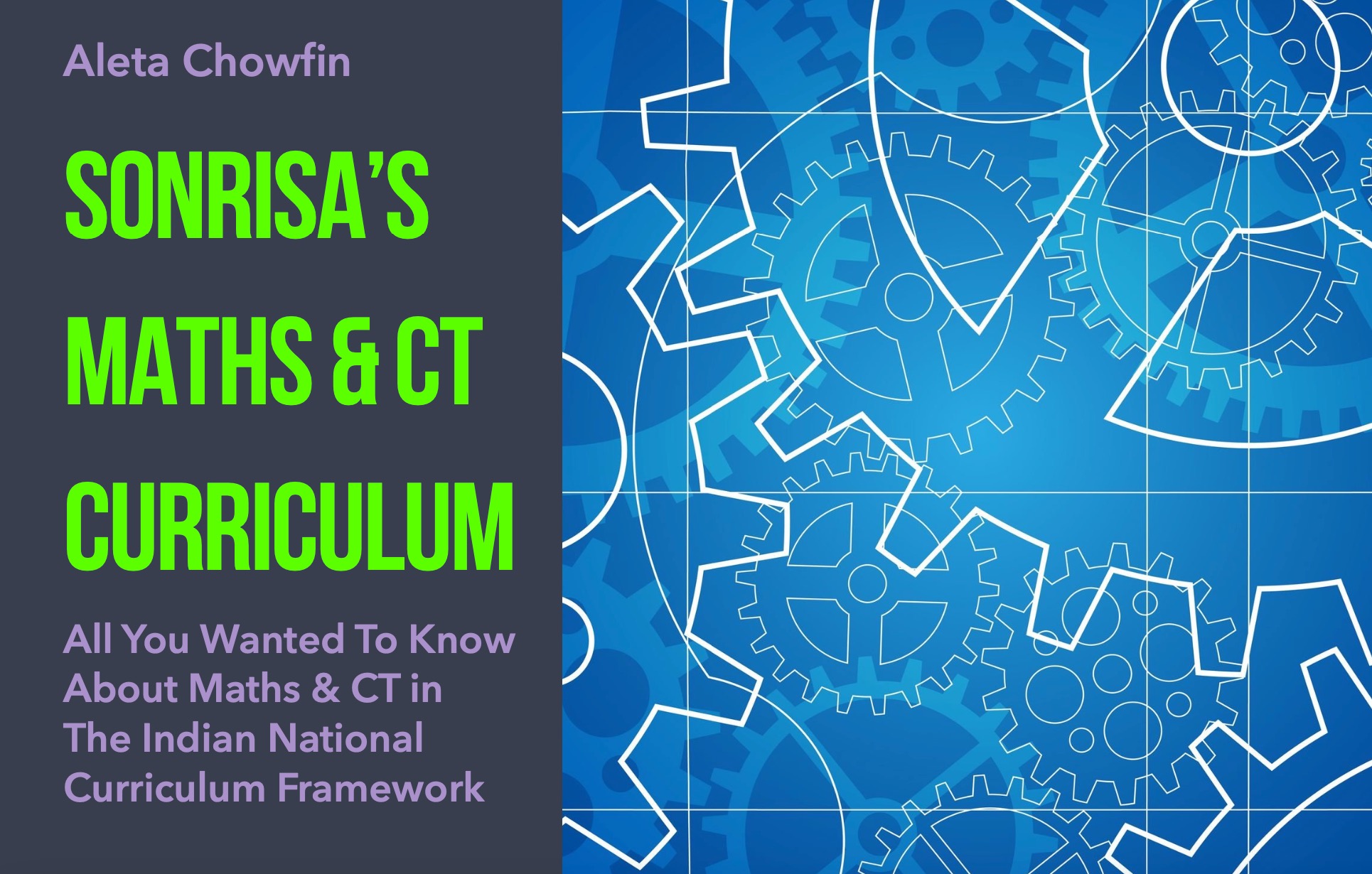
At Marge’ah’s Sonrisa Learning Centres, we have recognised that walking alongside our leaders, teachers and students, to scaffold these initial journeys of the New Indian Curriculum, is key to making the implementation process sustainable and ensure that we manage the change in a refreshing way. We are back in the exciting age of looking to the heavens for answers and it is imperative we maintain a birds eye view while we learn to zoom in closer. Therefore our concerted efforts are focused on a disciplined and innovative approach to implementing the Mathematical and Computational Thinking curriculum journeys in the classrooms; decomposing bigger problems into byte size ones is just as important as reorganising the information to get coherent solutions through pattern recognition. This structured approach built into the pedagogical narrative of the classroom on a daily basis, from a multimodal perspective (our teaching and learning mosaic) has ensured the teachers reach out to their students to help them cognitively understand the transformational nature of change that is taking place in the technological arena around them and will affect their future choices in life.
As conversations at home, in New Zealand, focus on the cost of living and the quality of life which inevitably impacts the decision making process and the journeys our children choose, we look at sustainable changes and clean energy; words that have come to adorn our vocabulary and it was very insightful to hear the shift in the narrative towards clarity in implementing these with achievable benchmarks. Thus decomposing into bite size (or country size) the immediate and long term goals; strong partnerships, financial stability, infrastructure, education and healthcare which makes a difference to the individual and community journeys. It has been fabulous to hear some cohesive messages from very key people at the India New Zealand Business Council and the Auckland Chamber of Commerce as they hosted their American Summit; the Wellington Chamber focused on the cultural aspects as well. The strategic road being paved and traversed are followed through with key partnerships and Trade relationships which have a very heuristics and agile stamp on them. The exciting aspect is that these changes indicated have already start filtering through to the grassroots levels and there is a boldness to the innovative approaches being taken which directly impact the financial models, risk analysis processes and viewing data simultaneously rather than in isolation.
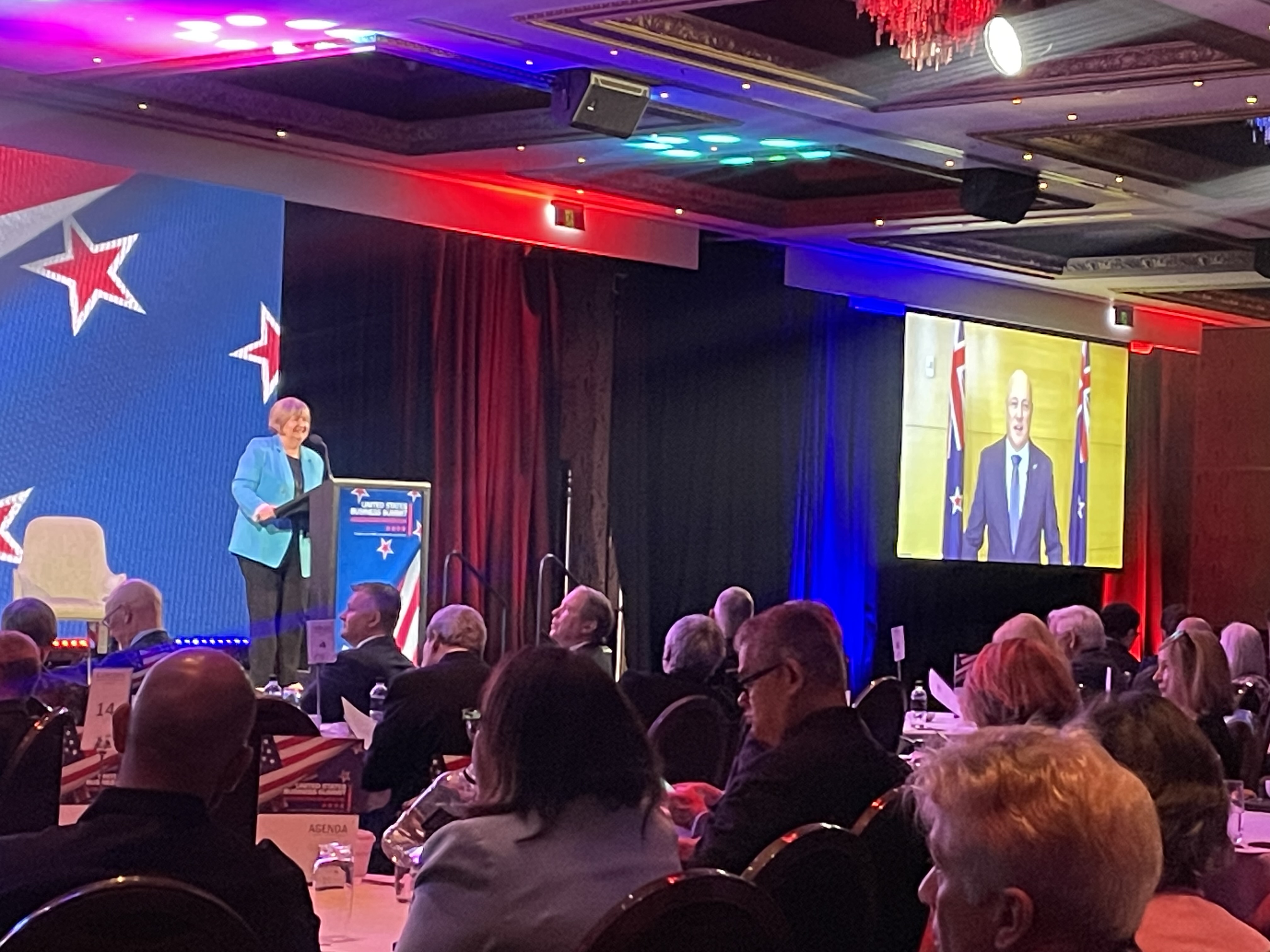
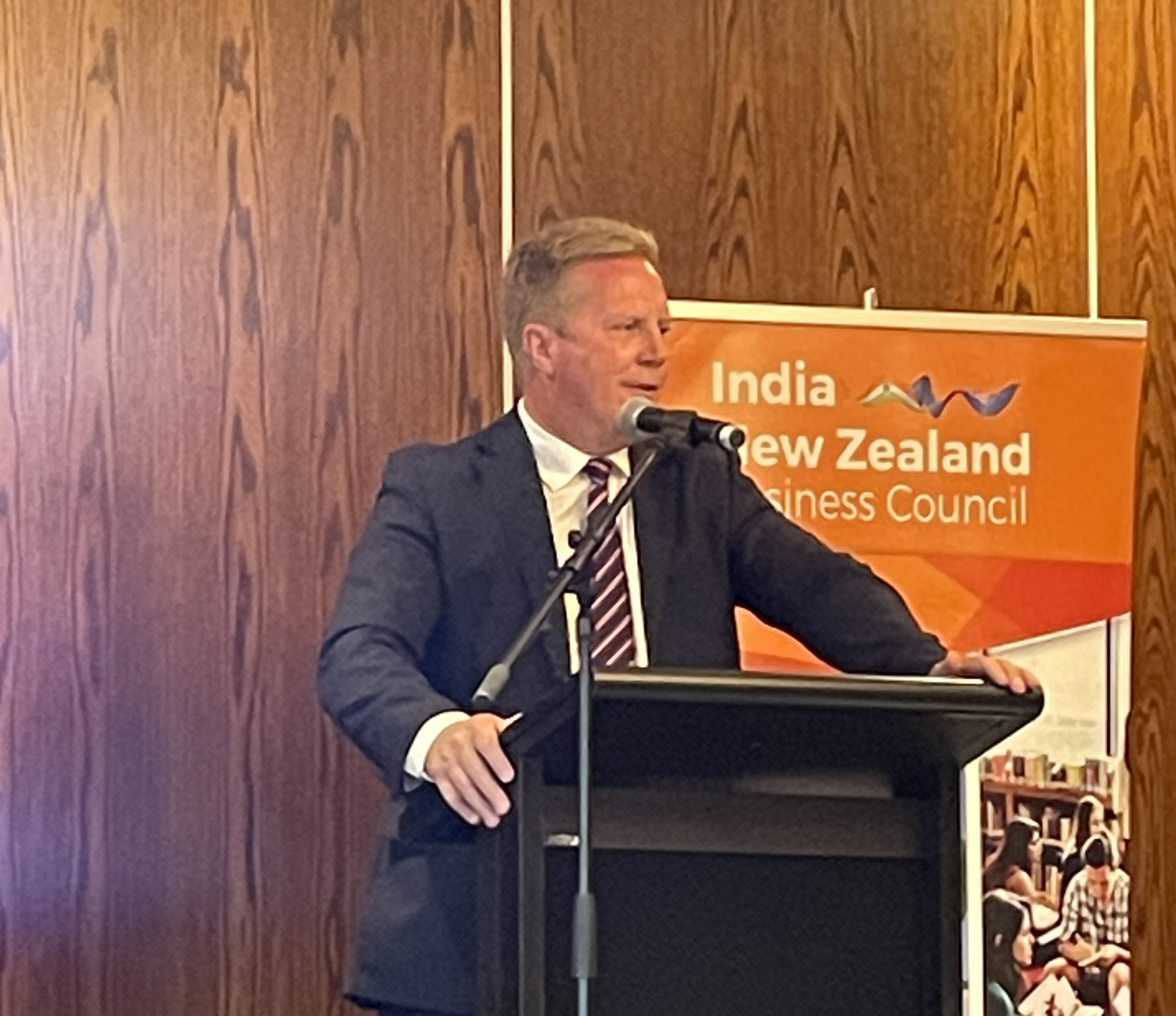

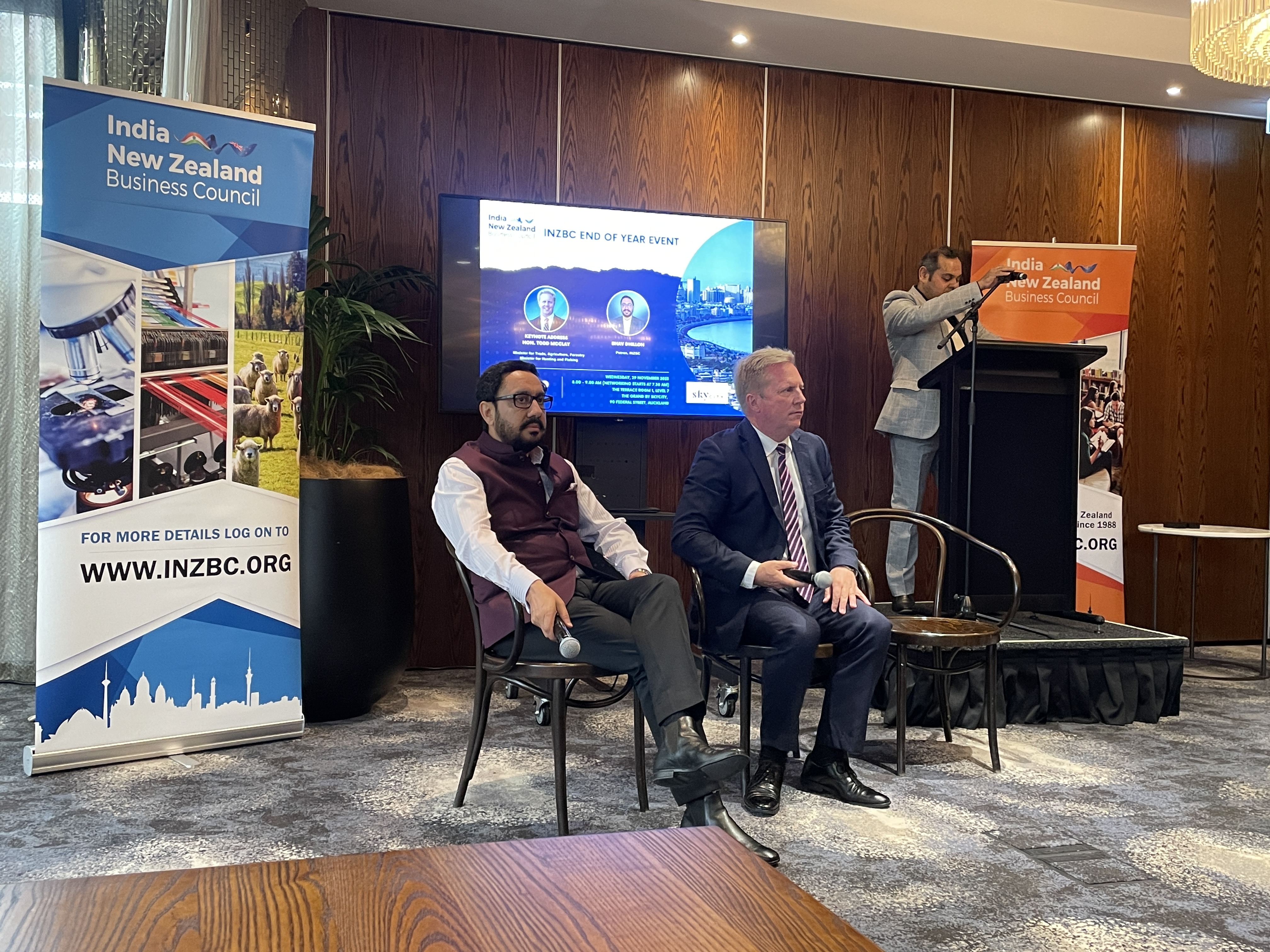
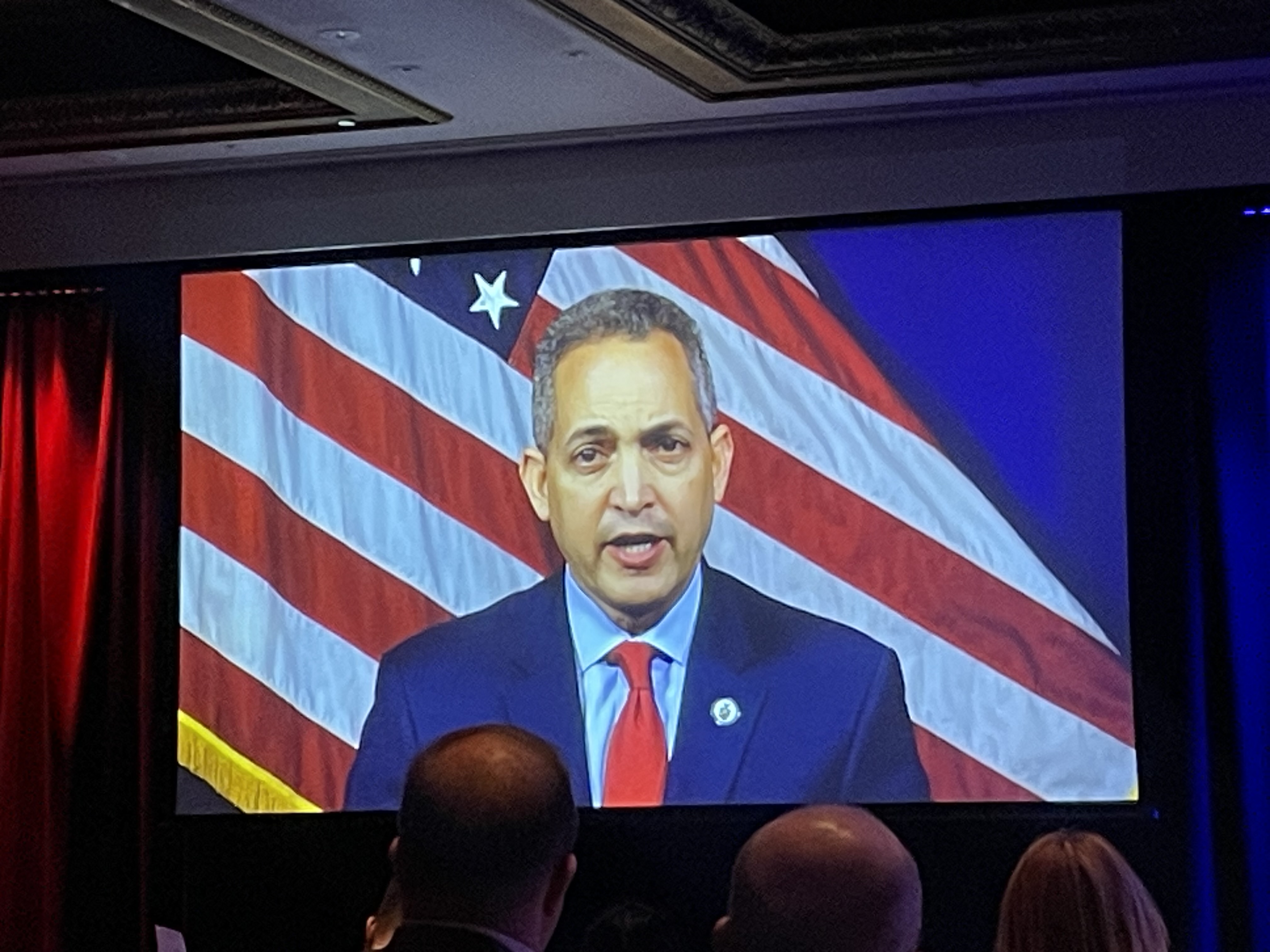
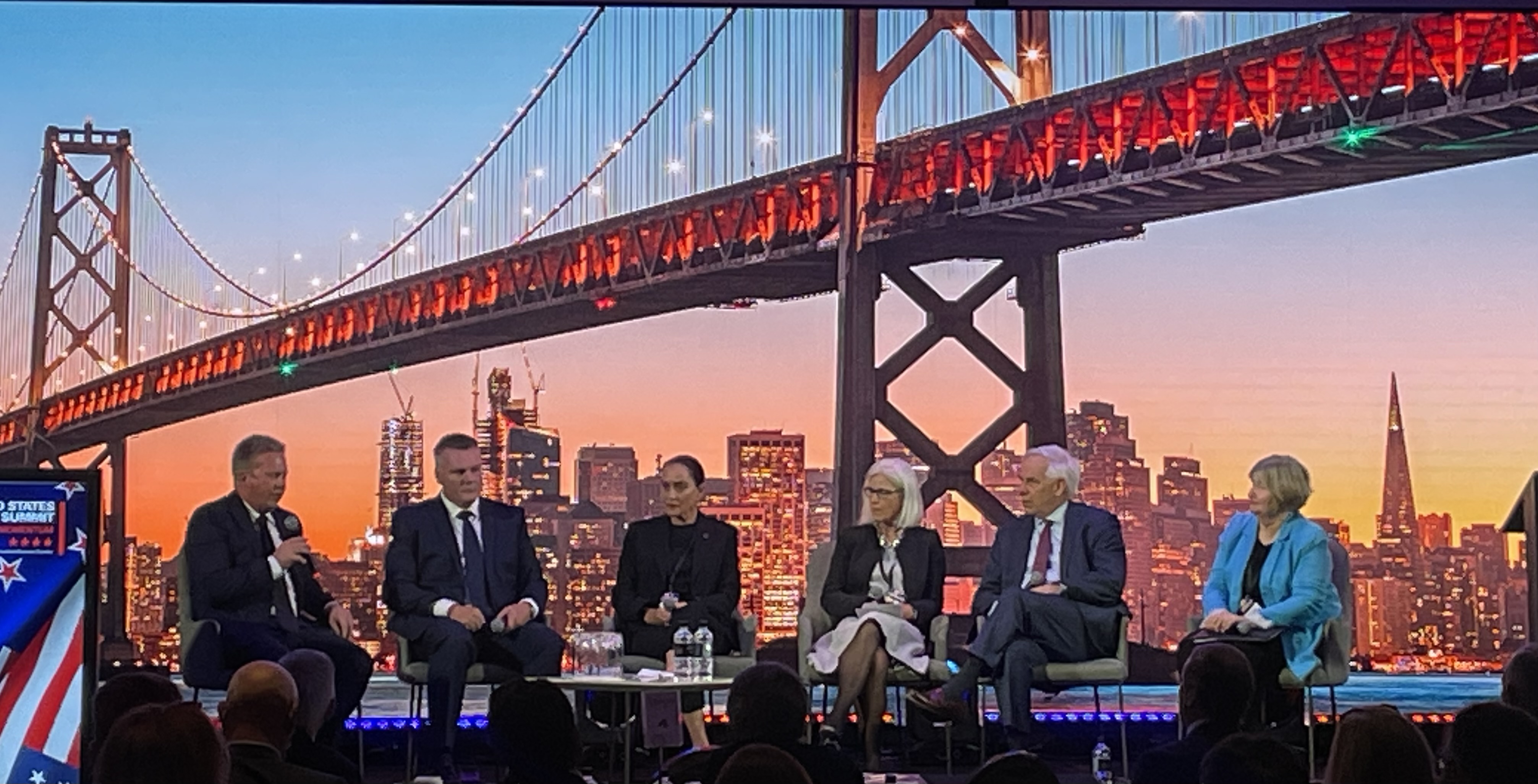
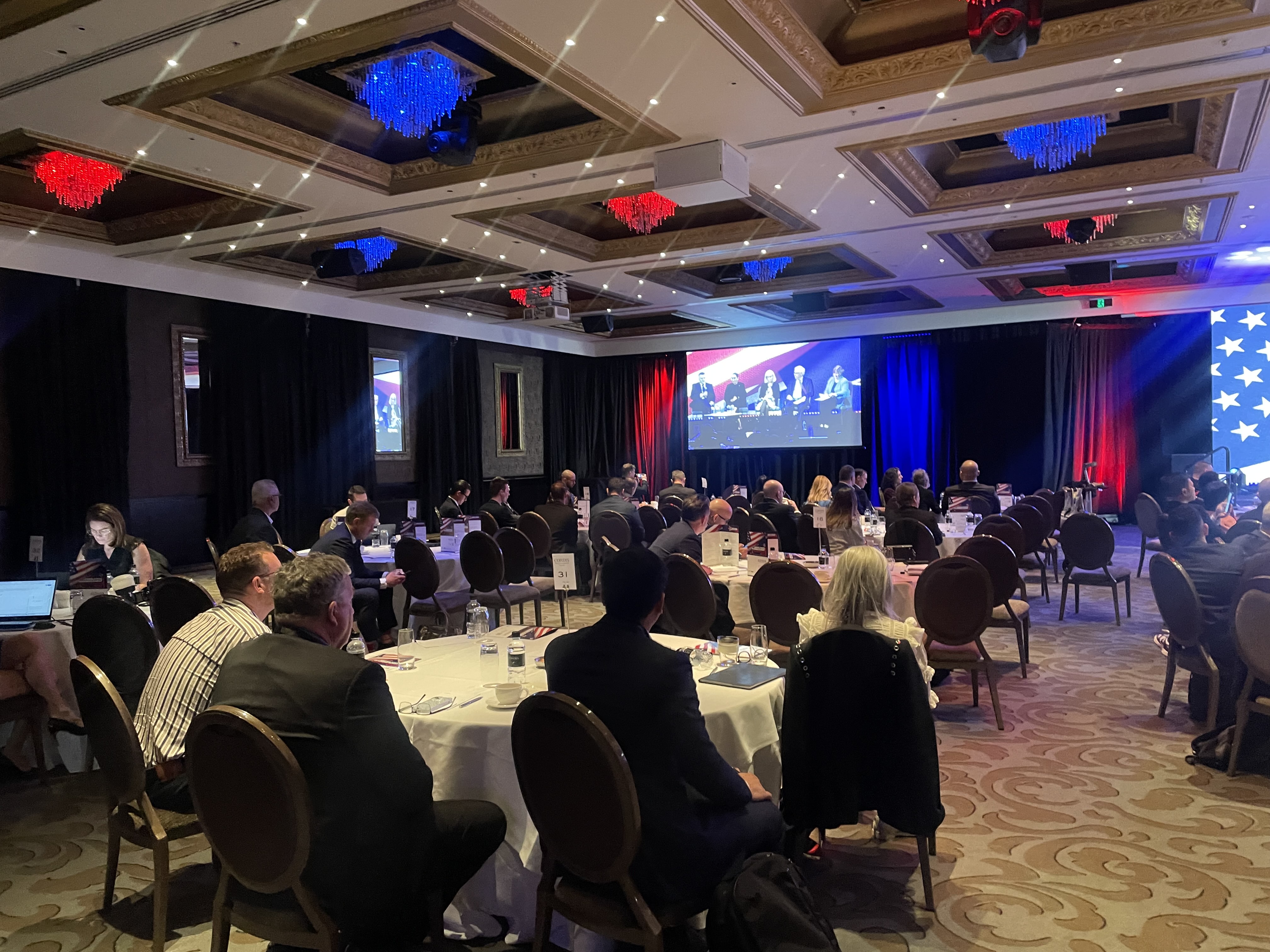
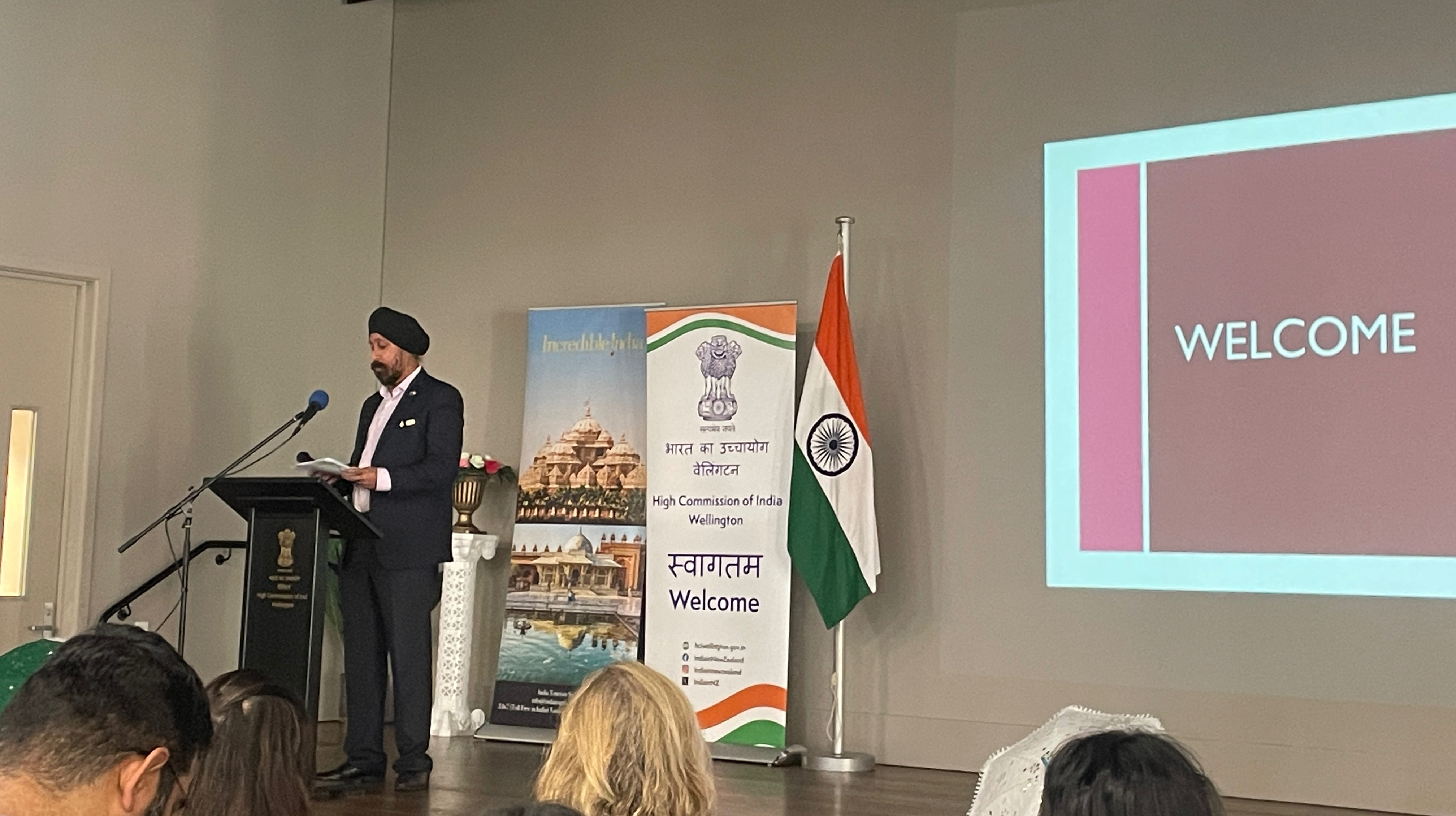
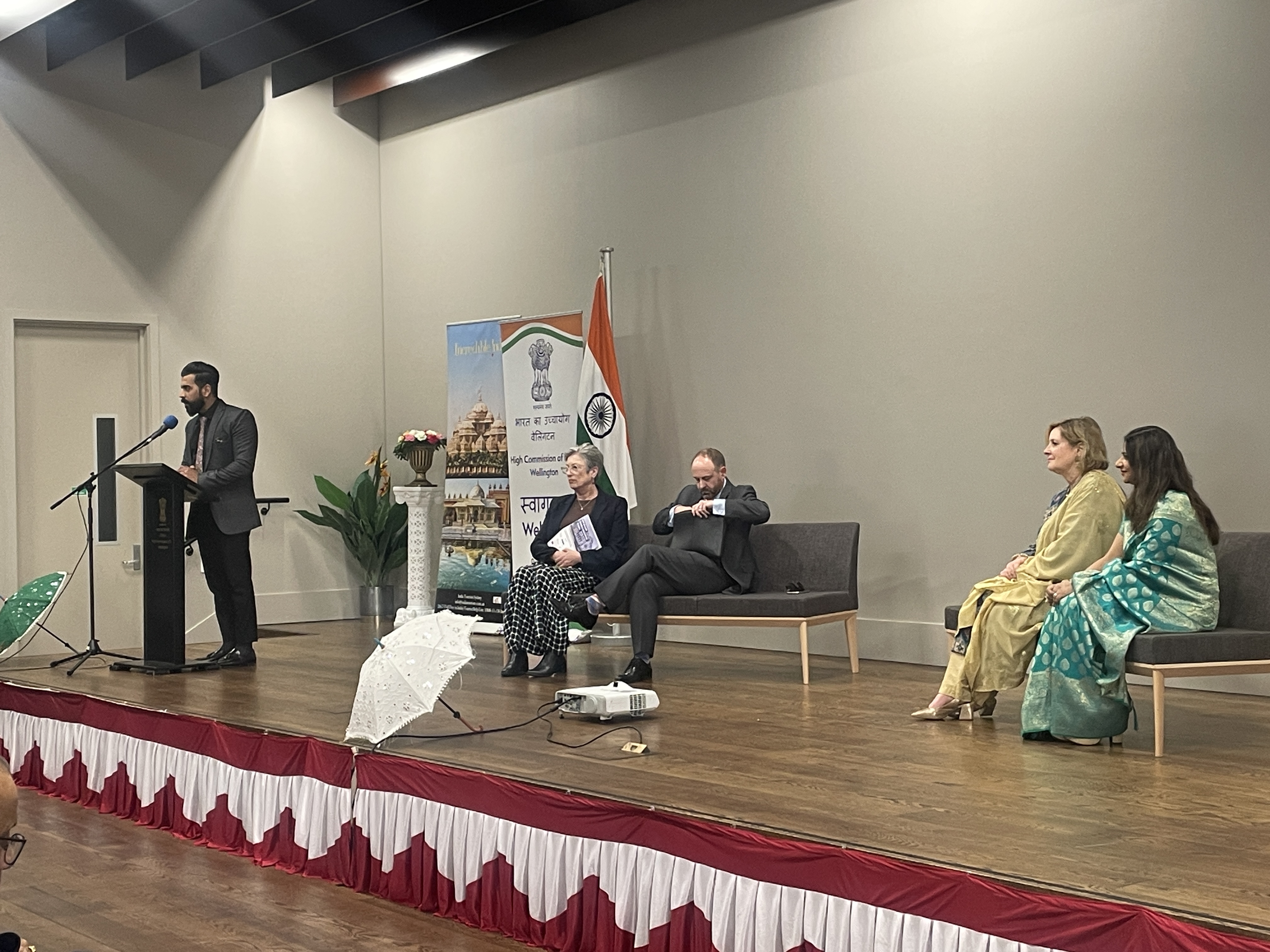
So Why Maths and Computational Thinking?
In the myriad of conversations I continue to have with colleagues, leaders, change makers, parents and other educational consultants, I hear a resounding aspect of ‘keep the knowledge’ and ‘construct the meaning’ around it to encourage a new generation to stop saying “I Hate Maths!” I love all things mathematical; its implications in nature to form Fibonacci sequences, the golden ratio, the patterns and the balance it generates in algebraic equations and the beauty of change that emerges with calculus; and of course now its exciting exploration of AI and Quantum maths. It has been delightful to walk alongside people like Tim Bell, Sonia Garcha, Vipul Shah and organisations that are just as passionate about Maths, Computational Thinking and making a difference in the educational landscape in India and New Zealand; CSpathshala and CSunpluged. Seymour Papert, viewed as one of the key thinkers around helping children thinking computationally and the inventor of the Logo language, along with his student Mitch Resnick, the inventor of Scratch at MIT, started the movement around democratising the use of computers. Their premise was that children (this is also true for teachers) need to work through problems both with manipulates (visually and digitally) to move from the concrete to the abstract stage. Arayabhata and Ramanujan were known to spend hours working out their theories with chalk and drawings before they moved onto unpacking the Maths of the universe to produce some very exciting results. At the Sonrisa Learning Centres we have chosen to look at bringing the social, emotional and cognitive aspects of computational thinking to engage the students, teachers and leaders in conversations by surrounding them by the beautiful world of numbers. Articulating their thoughts with numbers will provide the students with the ability to develop their schema, with their peers and teachers, as they develop computational capacity. In 2022 we established the foundational thinking with Binary Digits and in 2023 we added the Google AI Experiments and introduced the concept of automata and the wheel by giving our teams the flexibility to explore ideas around the workings of simple mathematical machines. The results were fascinating and it was fabulous as we worked our way to a crescendo of ideas as we rounded off with the Sonrisa Learning Centres’ Conference at Rishikesh.
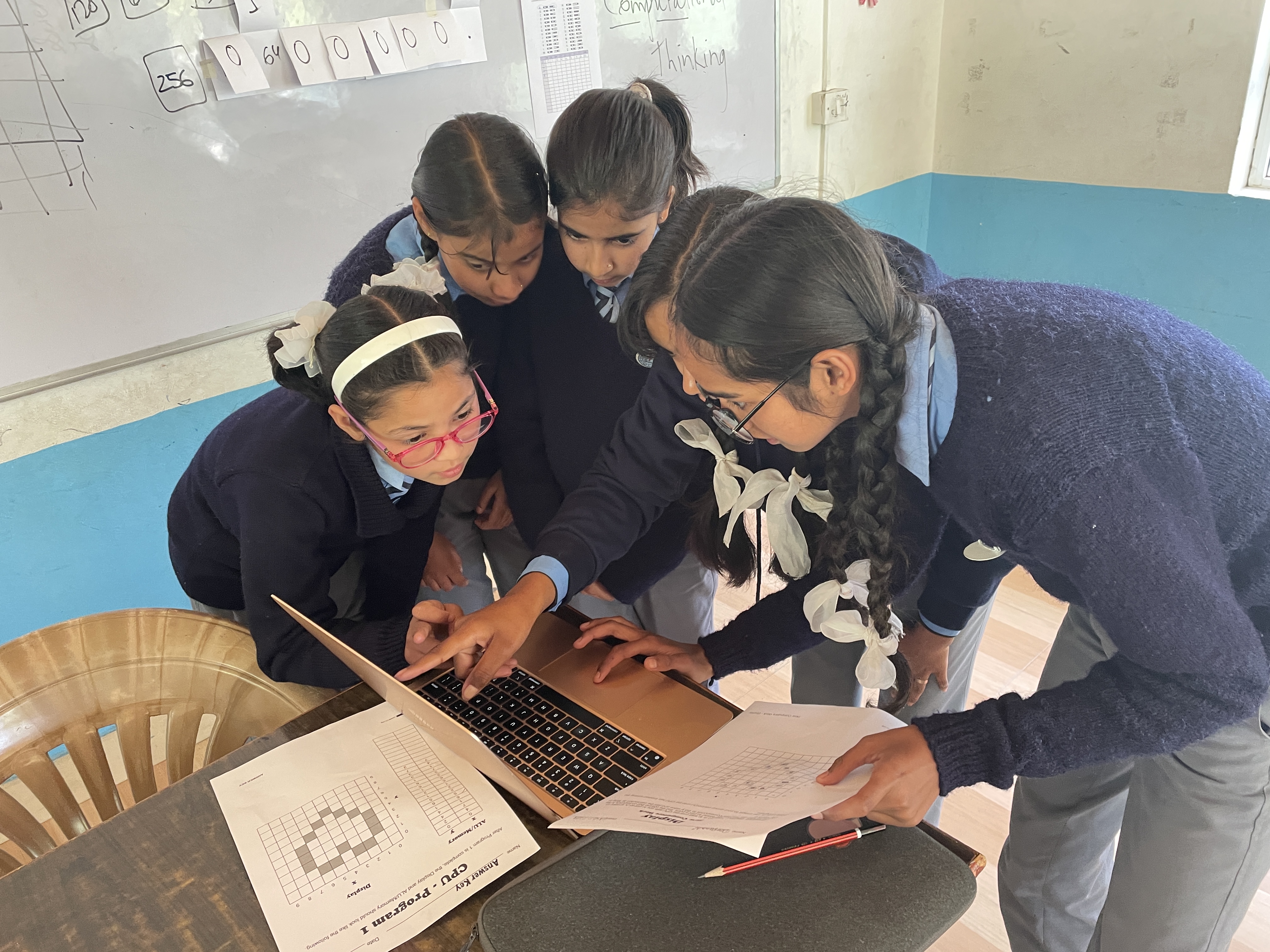

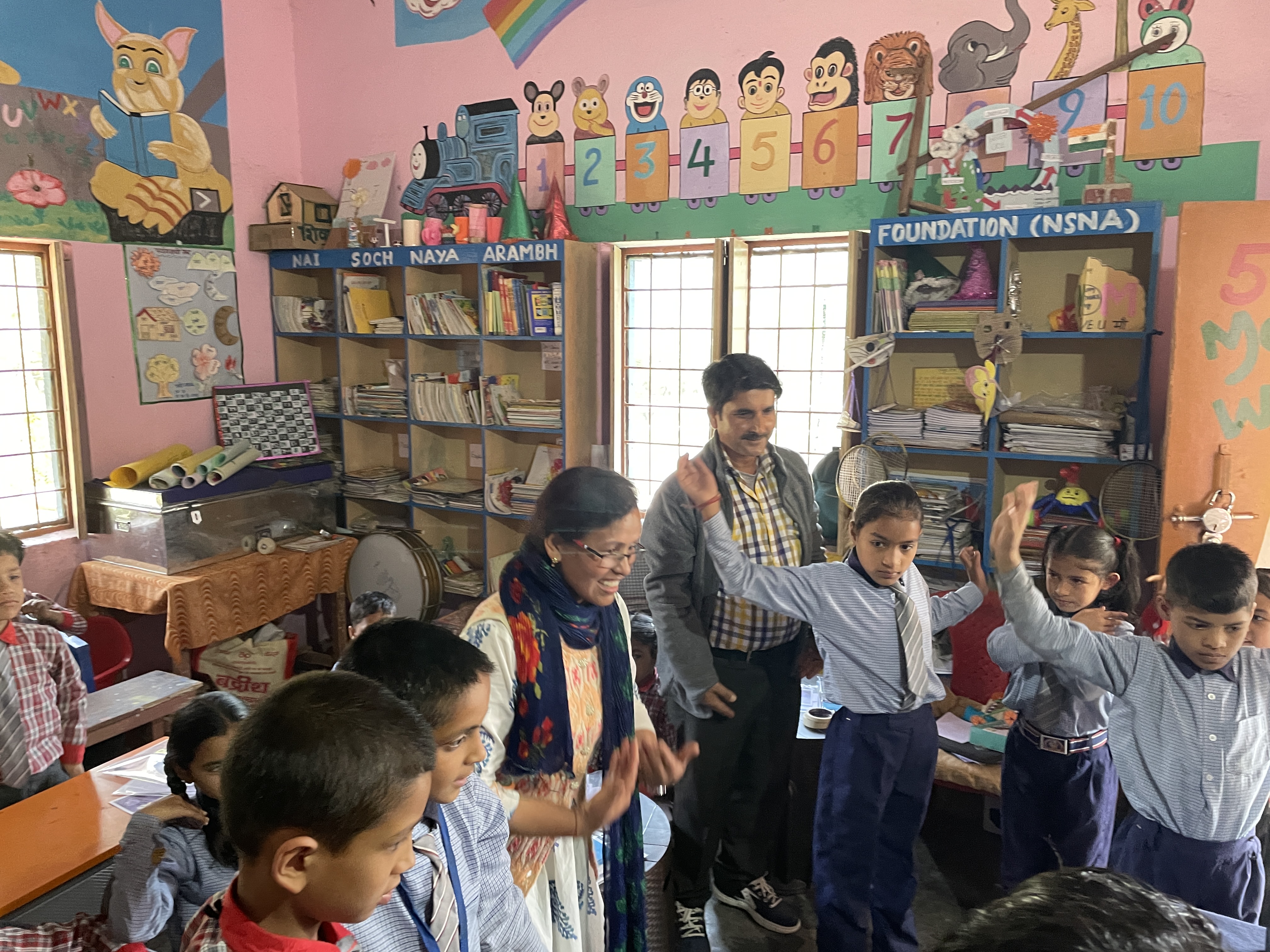

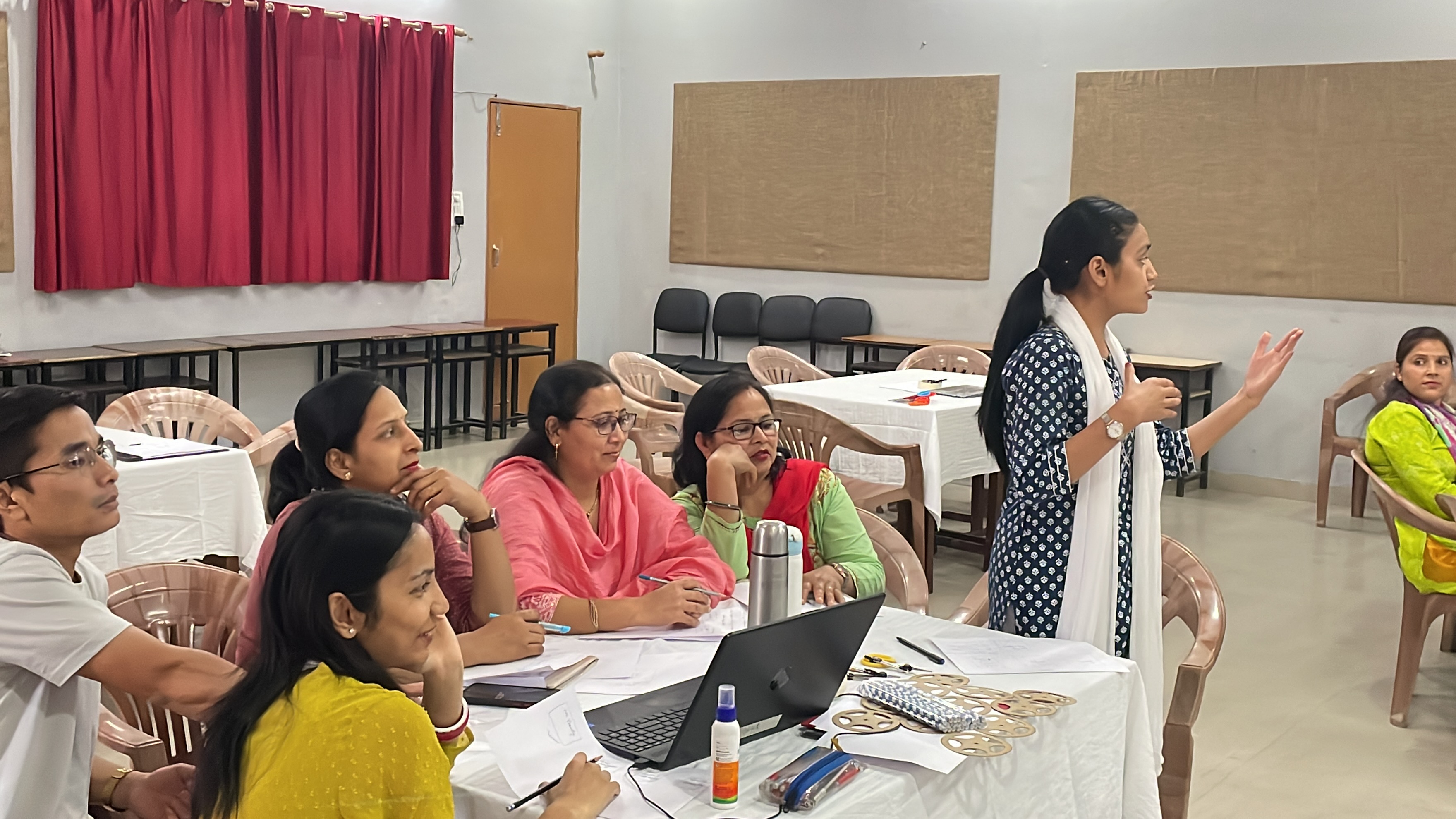
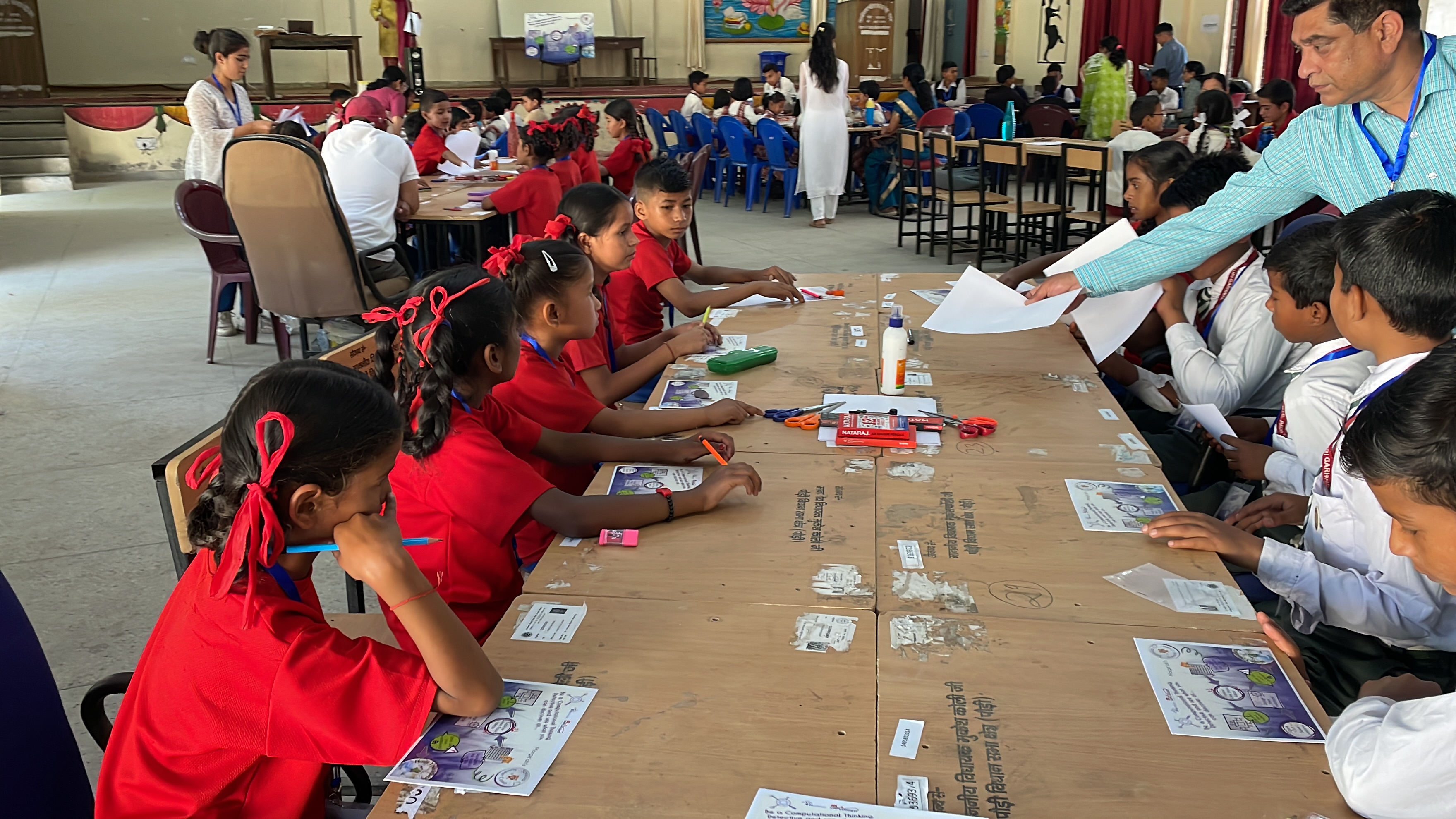
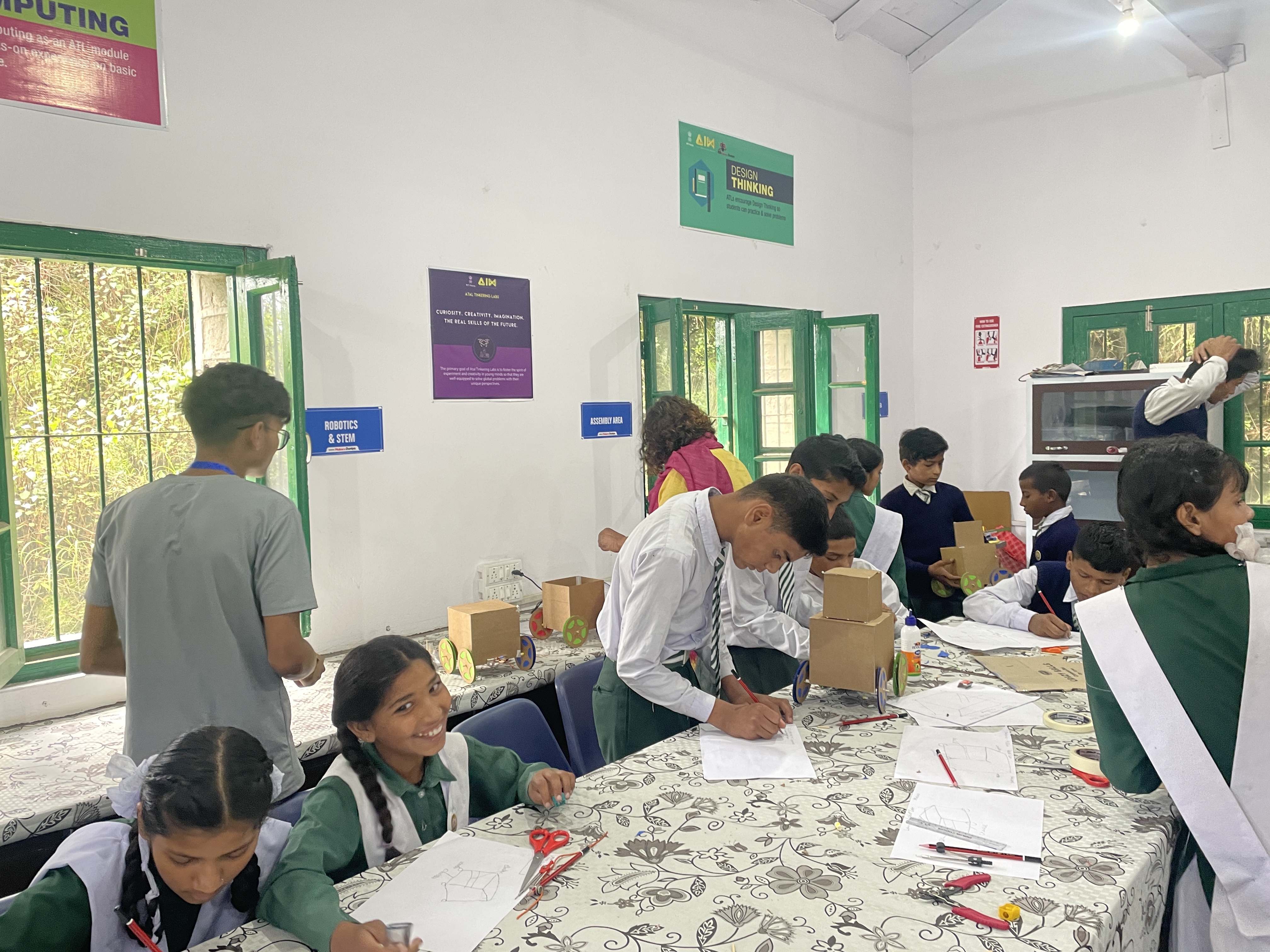

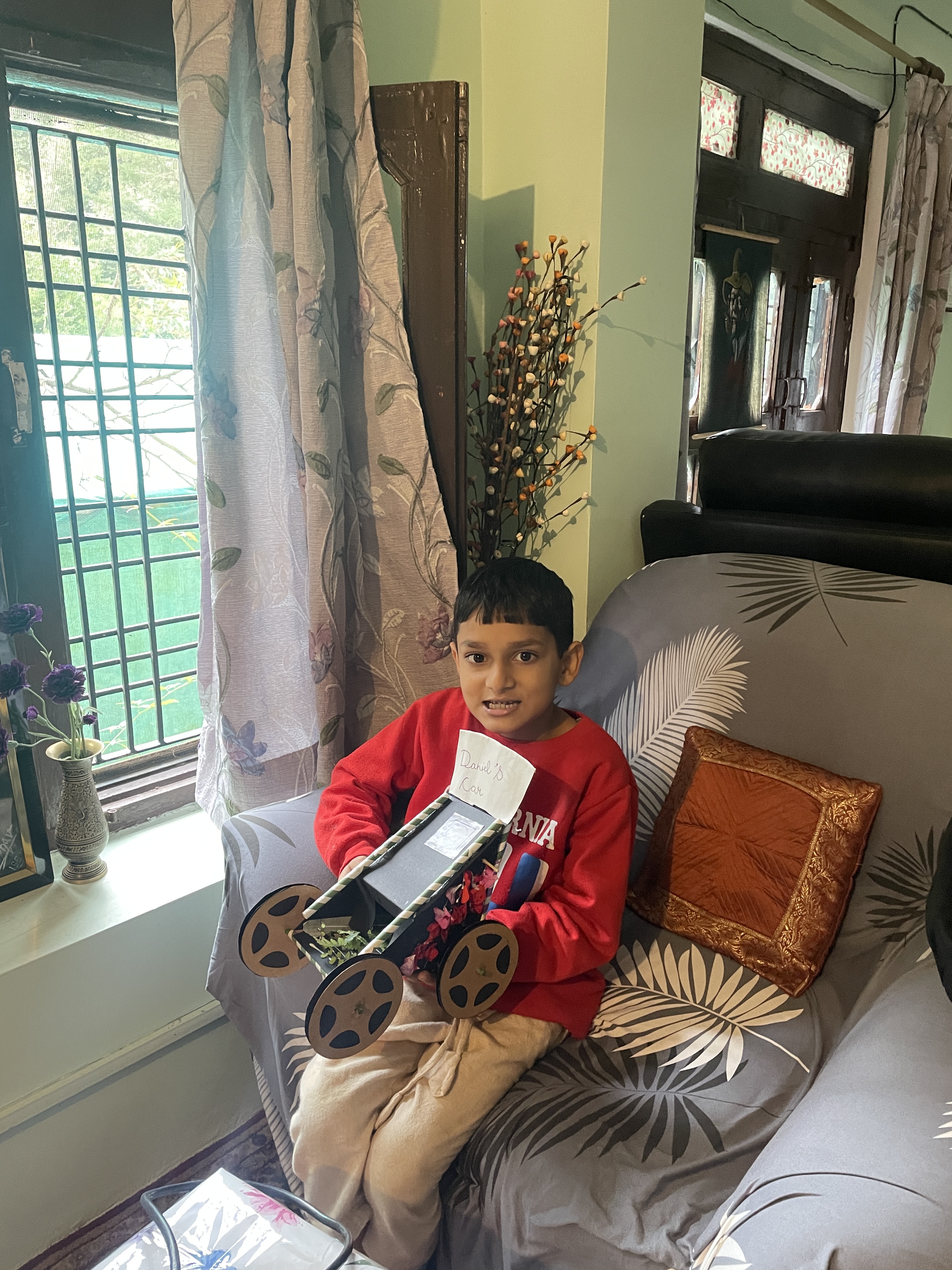

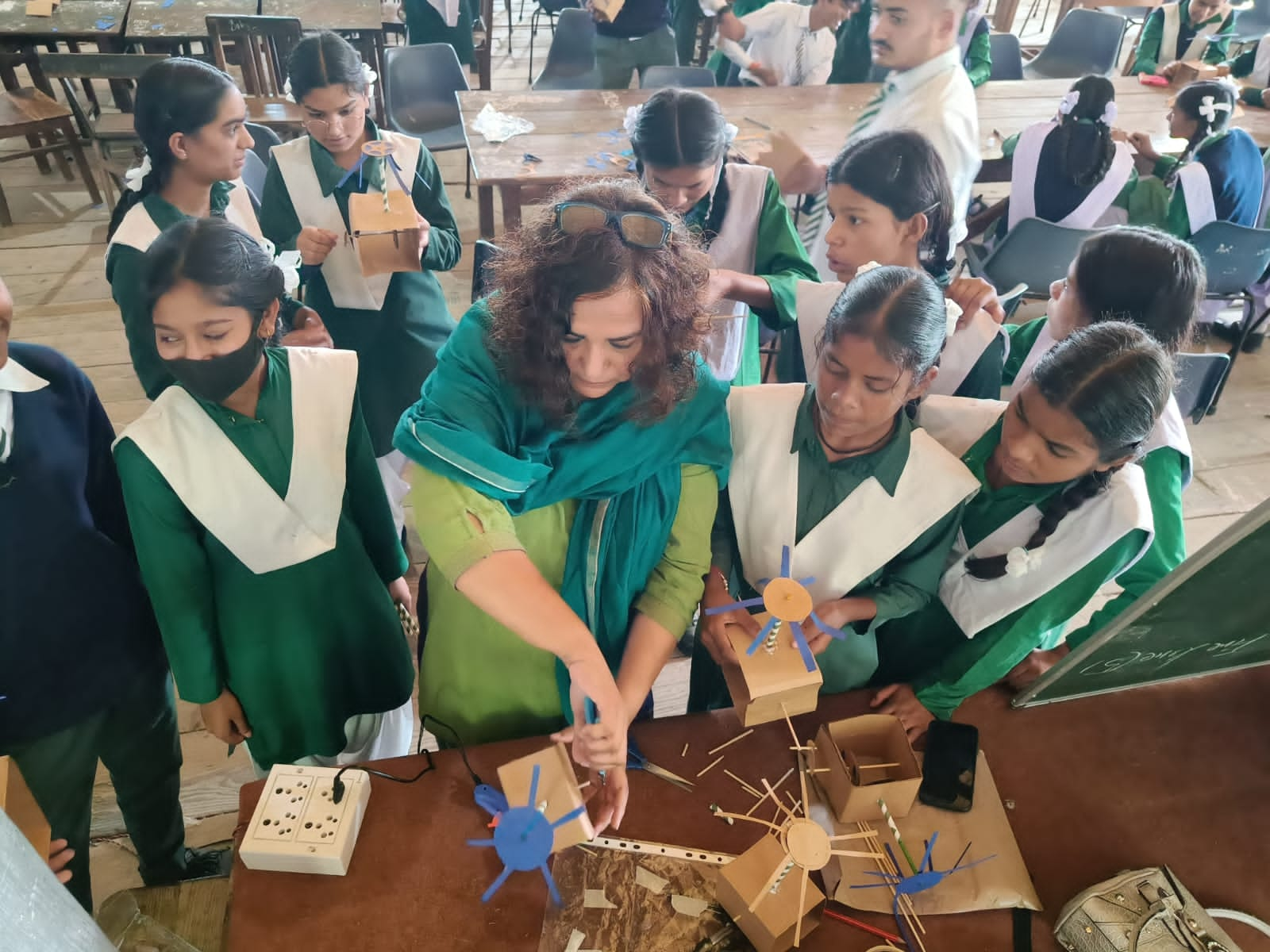


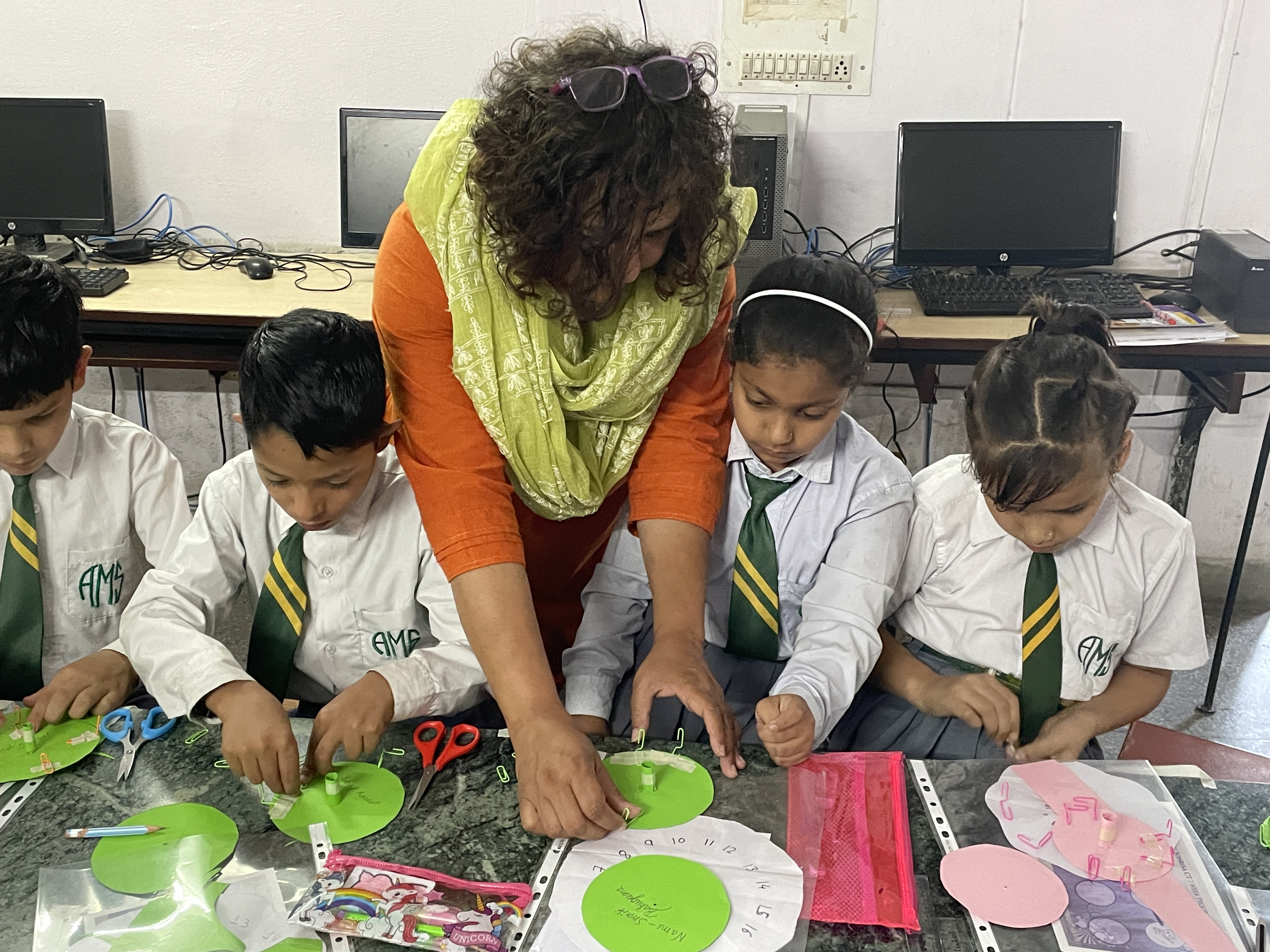
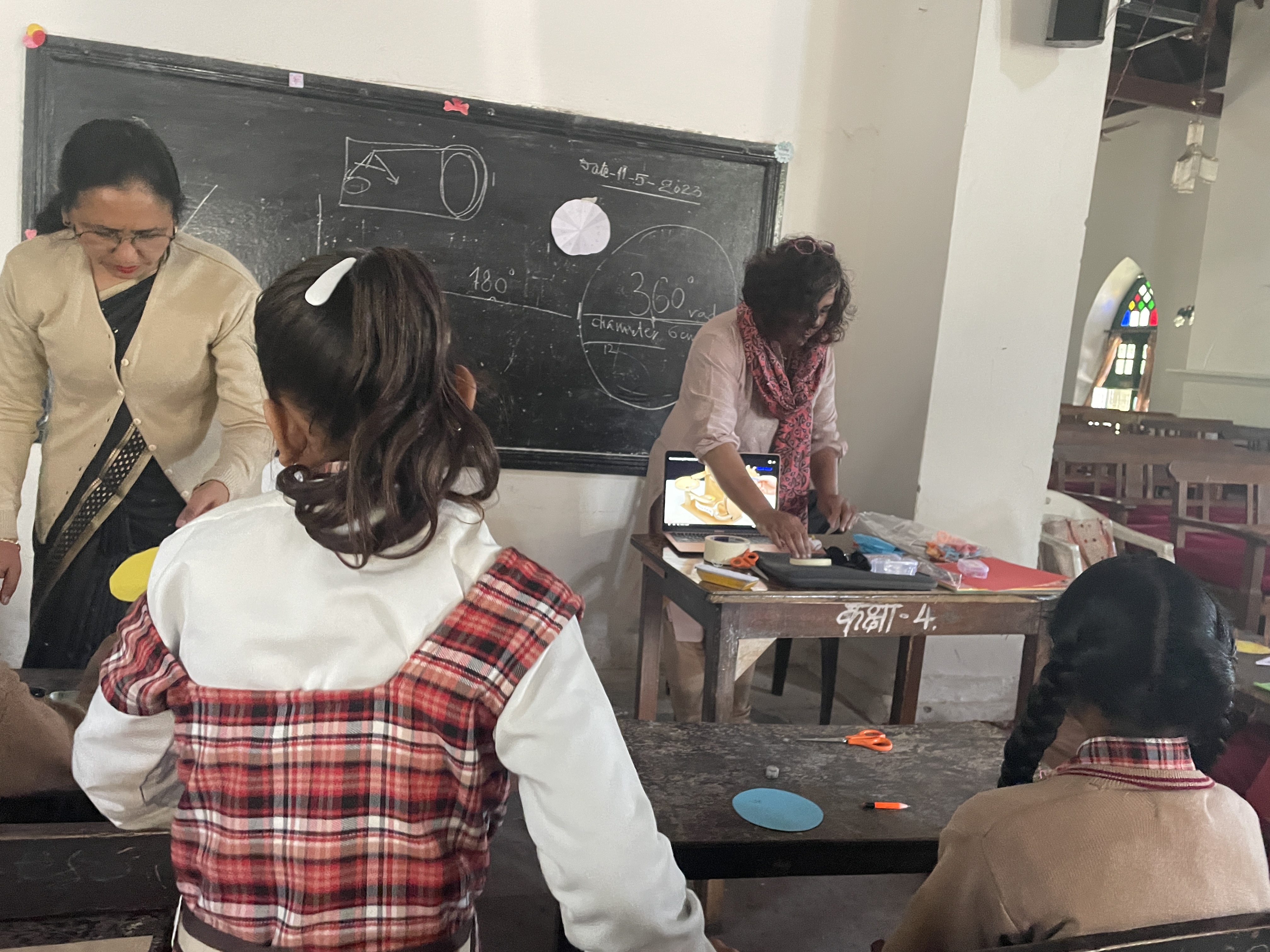
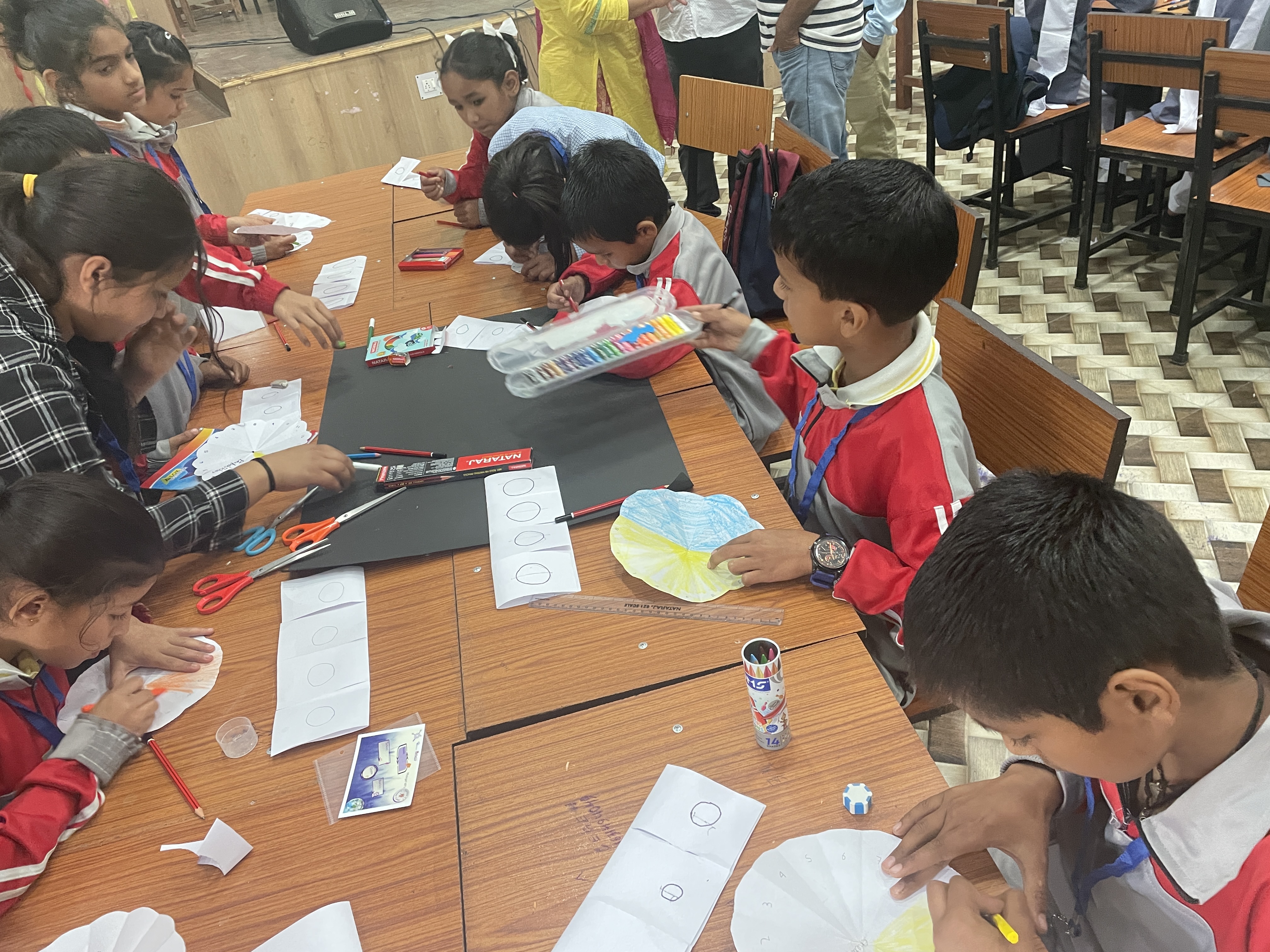
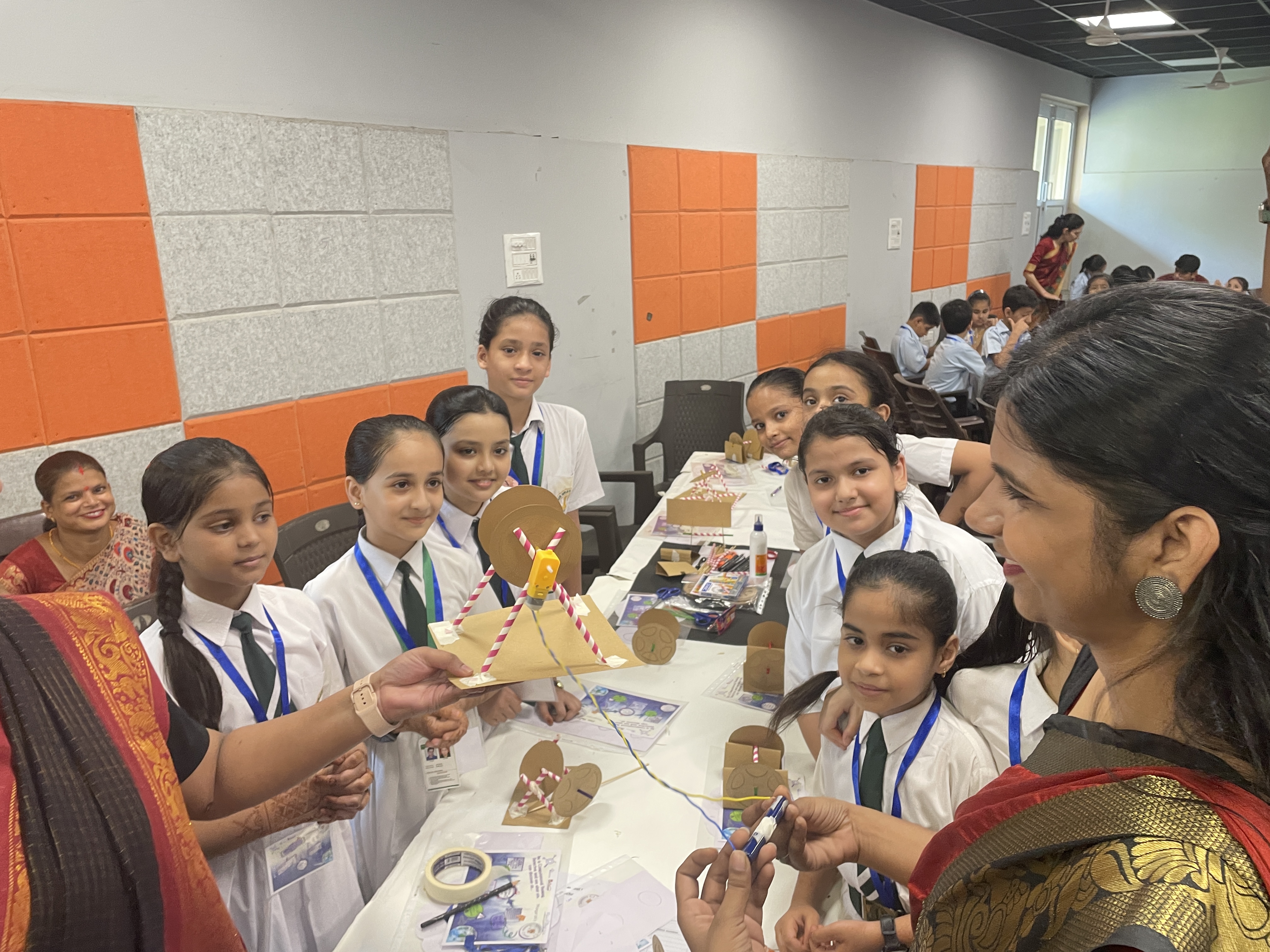


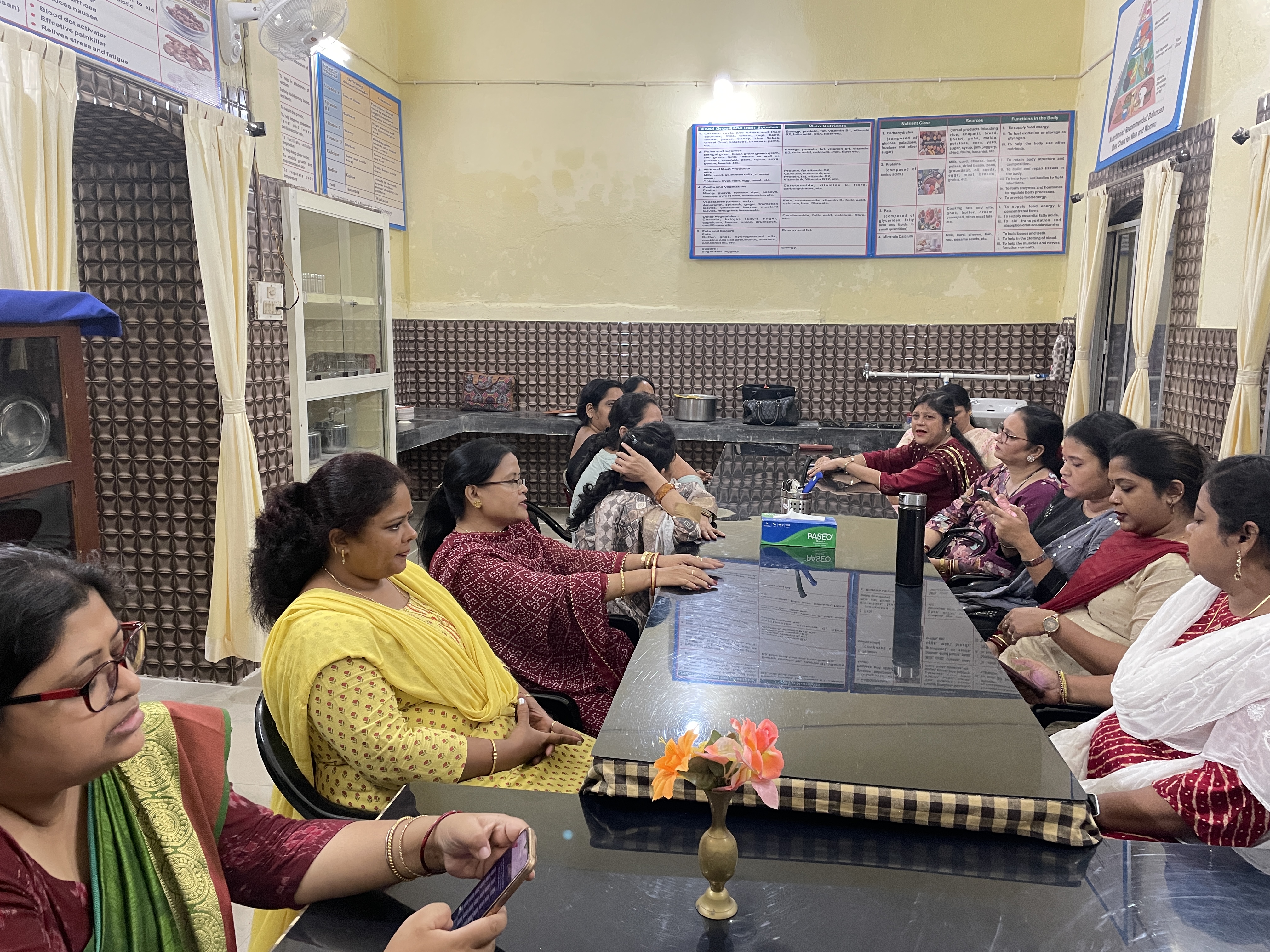

In 2024, Marge’ah as an educational consultancy will continue to build on the foundational Mathematical and Computational thinking ideas as we progress towards the Preparatory, Middle and Secondary stages of the curriculum journey by introducing the concept of how the neural networks mimic the networks of our brains. We are also keen to work on establishing the Teacher Experience Programme (TXP) at the GIVE centre.

To be the part of Margeah Sonrisa Learning Centre we are thankful to be it’s part to grow our maths and computation thinking of teaching. We are implementing in our curriculum. Children’s are learning and enjoying the curriculum. We hope more good for the future and looking forward for this year 2024 again.
Thanking you
Cordinator
Dayara Christian Academy Bhatwari
Ashish Sir, it has been an absolute pleasure seeing you ‘Think Out Loud’ and figure out the curriculum journey. I know that you have had to unlearn and relearn along the way but I know that you have found it immensely rewarding. Thank you for all that you do so willingly and it is a real pleasure to have you on the Marge’ah team.
We are grateful to be a part of Sonrisa Learning Centres. Looking forward to learn more in 2024.
Thank you Aleta Ma’am.
Coordinator
Agape Mission School
Rishikesh.
Shalini Ma’am it has been such a pleasure walking this journey with you as you have managed your team and made sense of the curriculum. I know that this has been a journey of discovery and you are getting fantastic at finding solutions that work for your school. Excellent job and it is fantastic to have you on the Marge’ah team.
As being the part of Sonrisa Learning Centre we are very much thankful to Margeah as well as to Aleta Mam to grow our maths and computation thinking and making it to apply in our classes. We are exciting for this year 2024 also to learn more and apply in our class room teaching. Hoping for the best and God bless everyone.
Hemlata
Dayara Christian Academy Bhatwari
Hemlata Ma’am I loved your tenacity and honesty as you have traversed this journey and I am excited to see you take the learning directly into your classroom. It is great to see the engagement level of the students and they are inspired by your ability to discover with them. Thank you for dedication and it is a pleasure to have you on the Marge’ah team.